Scientists find highest ever level of microplastics on seafloor
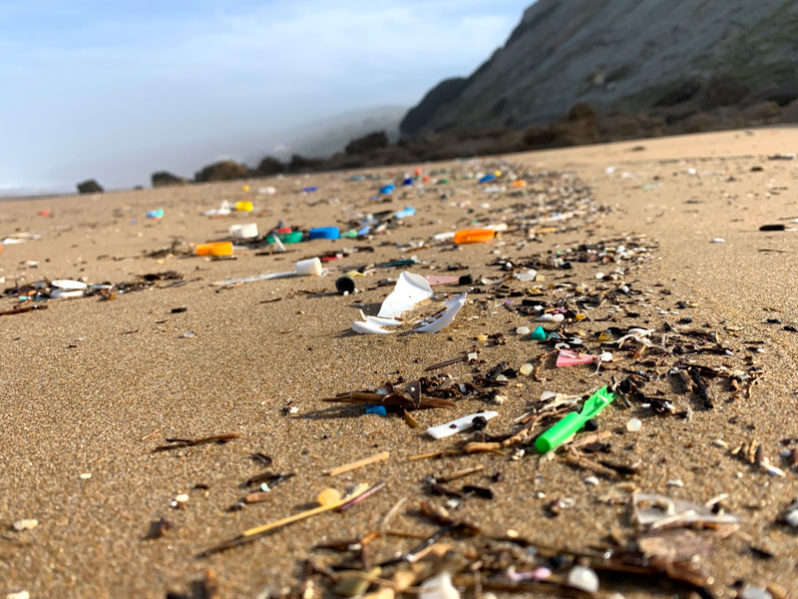
An international research project has revealed the highest levels of microplastic ever recorded on the seafloor, with up to 1.9 million pieces in a thin layer covering just 1 square meter. The hotspots appear to be the deep-sea equivalents of the so-called ‘garbage patches’ formed by currents on the ocean surface.
Microplastics found in Antarctic ice cores
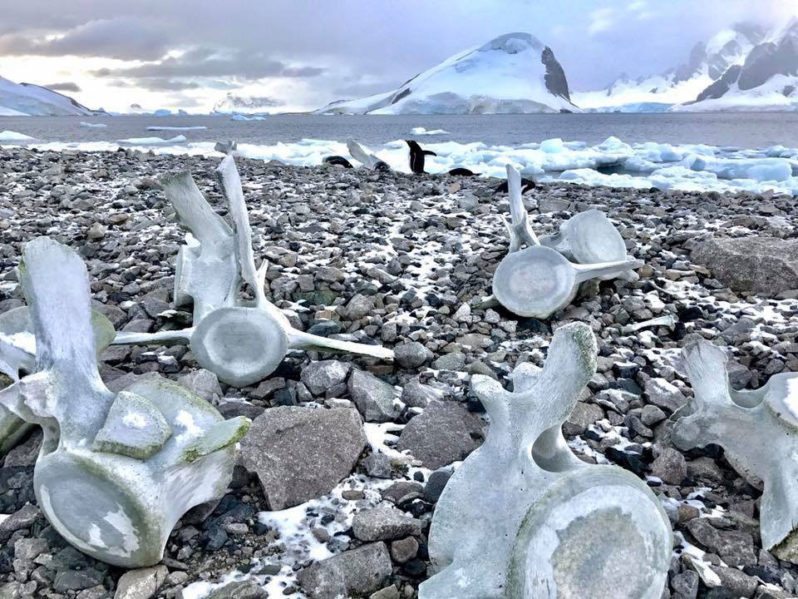
A team of researchers from the University of Tasmania has found evidence of microplastics in ice cores collected off the coast of Antarctica. They also note that prior studies have shown that microplastics in ice can lead to melting due to heat absorption.
California recycling and plastic pollution initiative

The opportunity for the State of California to move nearer to the goal of Zero Waste may be before California voters on the November 2020 ballot.
Changing the tides
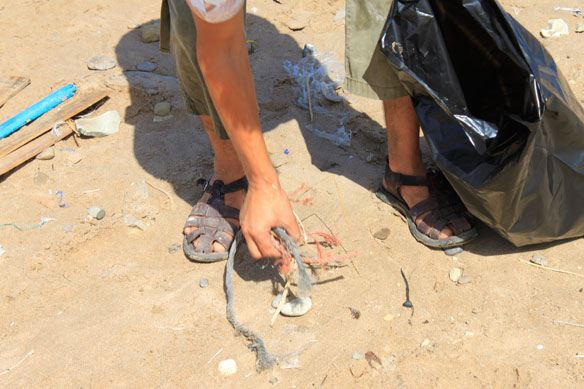
What began as one man on an cleanup mission has grown into one of the US’s most impactful river initiatives.
Polynesian sailing vessels are being used to clean up microplastics
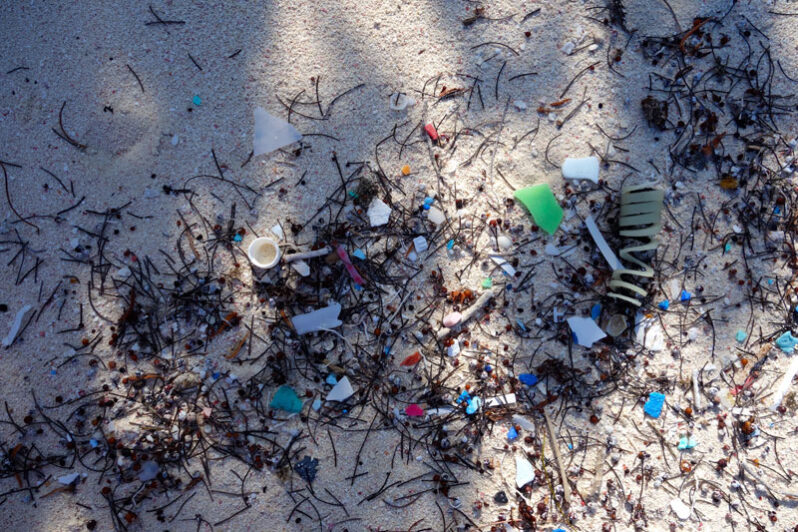
Pacific Islanders are banding together to bring attention to the tons of plastic waste washing up on once-pristine shores.
Yet Another Consequence of the Pandemic: More Plastic Waste
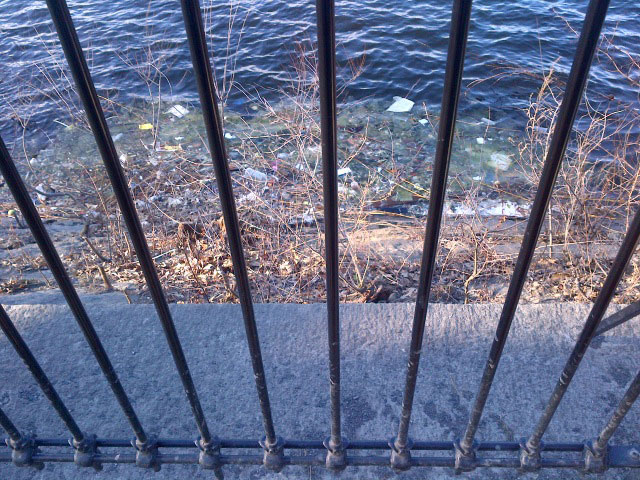
This new normal means mountains of single-use plastic—and few places to put it but the dump.
Plastics Still Manage to Reach the End of the World.One Organization Is Trying to Make Sure Polluters Are Held Responsible
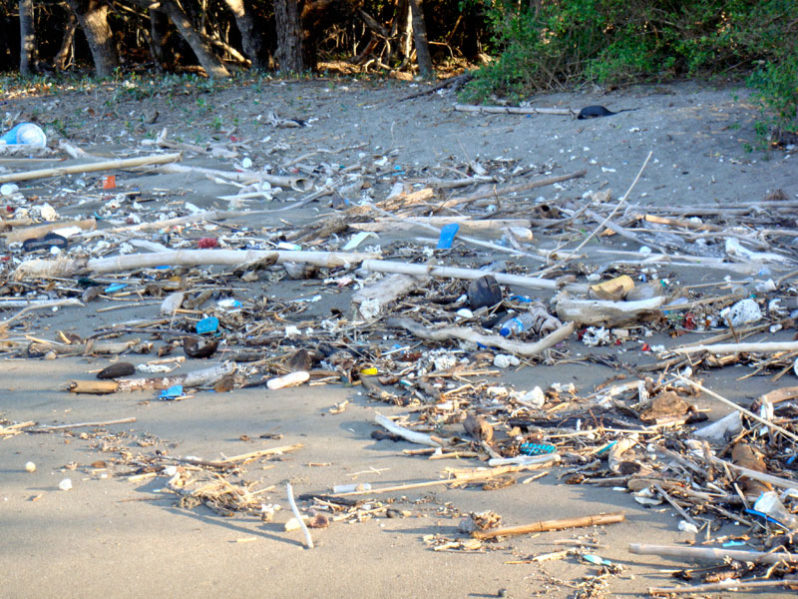
Over the course of a six-week expedition aboard a Greenpeace research vessel earlier this year, Borowicz and his fellow scientists collected approximately 3 metric tons of garbage from Antarctic beaches.
Litter problem at England’s protected coasts
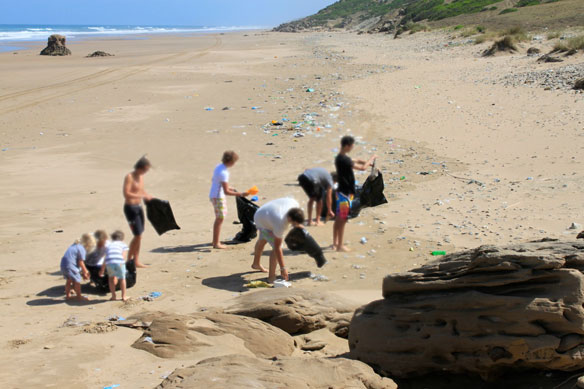
Beaches in or near England’s Marine Protected Areas (MPAs) have the same levels of litter as those in unprotected areas, new research shows. The study used 25 years of beach cleanup data.
Scientists predict the size of plastics animals can eat
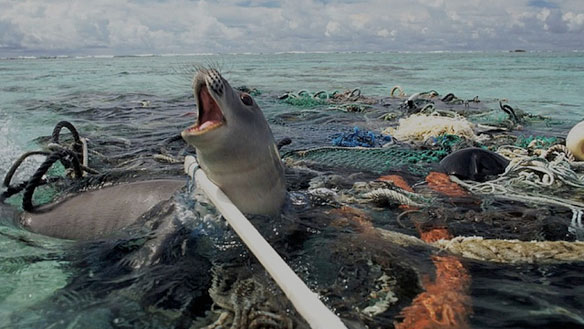
A team of scientists at Cardiff University has, for the first time, developed a way of predicting the size of plastics different animals are likely to ingest.
